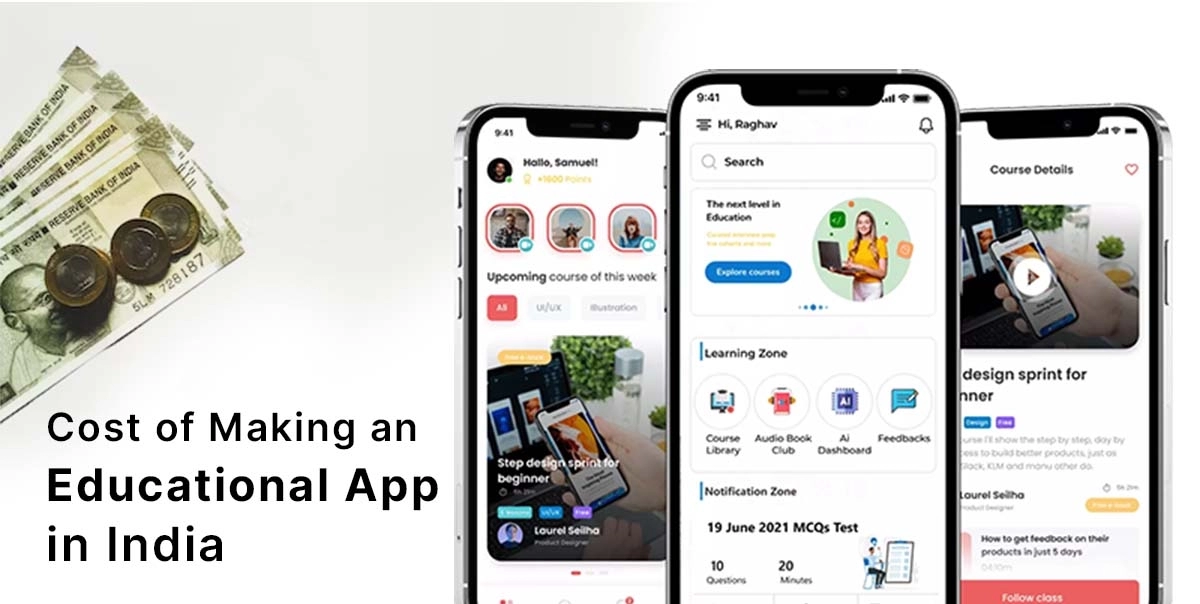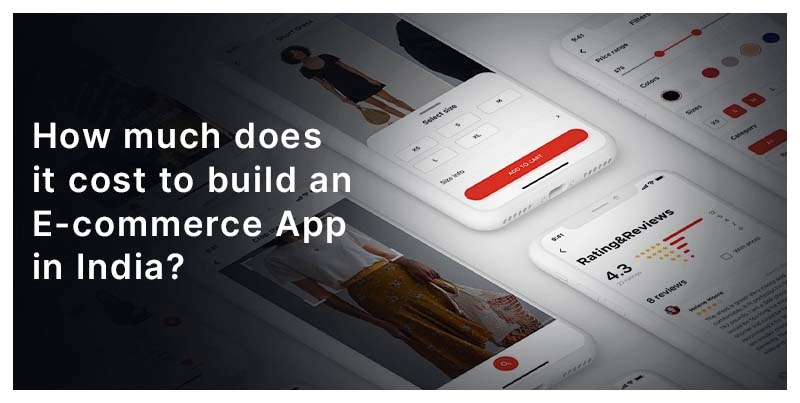Professional ASP.NET UX/UI Design & ASP.NET App Design by Duplex Technologies

Posted By : Adarsh Mishra, Posted Date : Jul 25, 2024
Introduction to asp.net UX/UI Design
In the modern digital era, user experience (UX) and user interface (UI) design have become integral components of successful application development. For companies like Duplex Technologies, which specializes in ASP.NET development, delivering applications that are both functional and user-friendly is paramount. This article explores the critical aspects of UX/UI design specific to ASP.NET applications, providing insights into best practices and demonstrating how Duplex Technologies can help achieve superior development outcomes.
Table of Contents
Understanding ASP.NET UX/UI Design
UX/UI design is central to creating applications that are not only efficient but also delightful to use. UX design focuses on enhancing user satisfaction by improving the usability, accessibility, and overall pleasure of interacting with the application. UI design, on the other hand, is concerned with the application's visual elements, ensuring that the interface is attractive and easy to navigate.
In ASP.NET development, integrating UX/UI design principles can lead to applications that are intuitive, responsive, and engaging. This integration ensures that users can accomplish their goals effortlessly, thereby increasing satisfaction and retention rates.
Key Elements of ASP.NET UX/UI Design
User-Centric Design
A user-centric design approach is fundamental to creating applications that resonate with users. This involves deeply understanding the target audience's needs, behaviors, and pain points through techniques such as user interviews, surveys, and usability testing. By prioritizing the user perspective, developers can create applications that are intuitive and fulfilling to use.
-
User Research: Conducting thorough user research helps in identifying the specific needs and preferences of the target audience. This research can include demographic studies, user personas, and task analysis.
-
Usability Testing: Regular usability testing during the development process allows for continuous feedback and iterative improvements. This ensures that the final product aligns closely with user expectations.
Responsive Design
With the proliferation of various devices, ensuring that applications are accessible and functional across different screen sizes is crucial. Responsive design involves creating applications that adapt seamlessly to any device, providing a consistent user experience whether accessed on a desktop, tablet, or smartphone.
-
Flexible Grid Layouts: Using flexible grid layouts allows the application to resize and rearrange elements dynamically based on the screen size.
-
Scalable Images and Media: Implementing scalable images and media ensures that visual elements maintain their quality across different resolutions.
-
CSS Media Queries: CSS media queries are used to apply different styles based on the device's characteristics, such as width, height, and orientation.
Consistency and Usability
Consistency in design is key to creating a cohesive user experience. It involves maintaining uniformity in elements like fonts, colors, and navigation structures throughout the application. Consistent design helps users predict and understand the interface, reducing cognitive load and enhancing usability.
-
Design Systems and Style Guides: Developing a design system or style guide ensures that all team members adhere to the same design principles and guidelines, promoting consistency.
-
Standardized Components: Using standardized components for UI elements like buttons, forms, and menus helps in maintaining uniformity across the application.
Visual Hierarchy
Visual hierarchy refers to the arrangement of elements in a way that guides the user's eye to the most important information first. By strategically using size, color, contrast, and spacing, designers can create a visual flow that enhances comprehension and engagement.
-
Typography and Color Usage: Effective use of typography and color can highlight important information and create a visual contrast that aids in navigation.
-
Whitespace Management: Proper use of whitespace helps in separating different sections and creating a clean, uncluttered interface.
ASP.NET App Design Best Practices
Integrating UX/UI design principles into ASP.NET development involves adhering to several best practices:
-
Use of Frameworks and Libraries: Leveraging frameworks such as Bootstrap can simplify the implementation of responsive design. These frameworks come with pre-designed components that adhere to modern design standards, ensuring consistency and responsiveness.
-
Prototyping and Testing: Creating prototypes using tools like Figma or Adobe XD allows for early visualization of the design and gathering user feedback. This iterative process helps in refining the design before final implementation.
-
Accessibility: Ensuring that applications are accessible to all users, including those with disabilities, is essential. This involves following accessibility standards such as WCAG and incorporating features like keyboard navigation, screen reader support, and adequate contrast ratios.
Duplex Technologies’ Approach to ASP.NET UX/UI Design
At Duplex Technologies, we adopt a holistic approach to UX/UI design, ensuring that every ASP.NET application we develop is both user-friendly and visually appealing. Our methodology includes:
-
In-Depth User Research: We begin by conducting comprehensive user research to understand the target audience's needs, preferences, and pain points. This research forms the foundation for our design process, ensuring that the final product is tailored to the users' requirements.
-
Collaborative Design Process: Our design process is highly collaborative, involving stakeholders at every stage. This ensures that the design aligns with the client's vision and incorporates feedback from all relevant parties.
-
Cutting-Edge Tools and Technologies: We utilize the latest design tools and technologies to create high-fidelity prototypes and conduct thorough usability testing. Tools like Figma, Adobe XD, and Sketch enable us to visualize the design and make necessary adjustments before development.
-
Client Success Stories: Our portfolio includes numerous successful ASP.NET applications with exemplary UX/UI design. For instance, our recent project for a leading e-commerce company resulted in a 30% increase in user engagement and a 25% reduction in bounce rates. This success demonstrates our commitment to delivering high-quality, user-centric applications.
Conclusion
Investing in good UX/UI design is crucial for the success of any ASP.NET application. By focusing on user-centric, responsive, consistent, and visually hierarchical design principles, developers can create applications that offer a superior user experience. Duplex Technologies stands out as a dedicated ASP.NET development company, committed to delivering applications that excel in both functionality and design. Contact us today to learn how we can help you elevate your ASP.NET projects.















